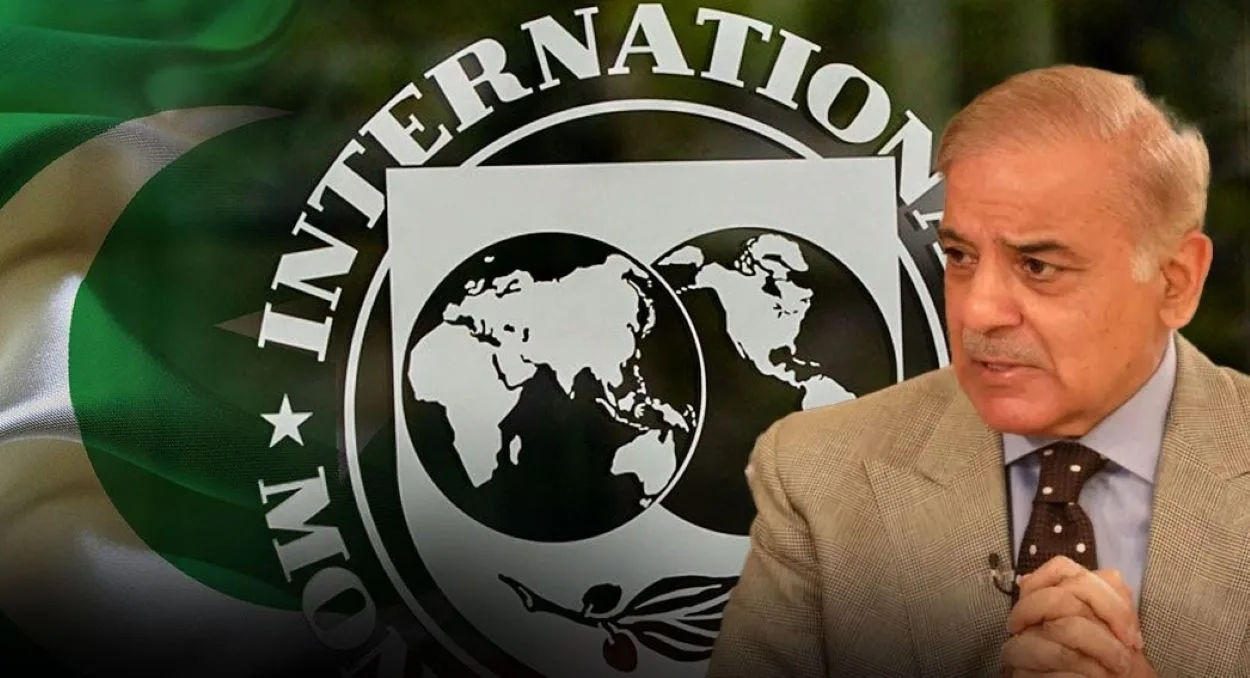Pakistan faces challenges in implementing a $7 billion agreement with the International Monetary Fund (IMF), as key economic assumptions used to finalize the deal have failed within a month of approval. This situation leaves the government with limited options: either renegotiate the terms or further burden the economy with increased taxes.
According to official data, to meet a tax revenue target of nearly PKR 13 trillion, assumptions were made concerning the economic growth rate, inflation, large-scale manufacturing, and imports. However, three of these critical economic indicators did not perform as expected by the end of the first fiscal quarter.
The federal government made ambitious promises on behalf of all provincial governments, which are now struggling to meet these commitments under the agreement. The first-quarter results revealed that the Federal Board of Revenue failed to meet its tax collection targets, and the provincial cash surpluses did not materialize.
Deputy Prime Minister Ishaq Dar has publicly criticized the market-determined exchange rate system, a fundamental component of the $7 billion program. The IMF continues to pressure Pakistan to devalue the rupee further, and Dar has pointed out that the rupee has already depreciated by at least 16%.
Read: IMF Forecasts Drop in Pakistan’s Inflation Rate to 10.6% by 2025
Many anticipated the swift unravelling of the IMF agreement’s feasibility immediately after its signing, indicating that both parties involved poorly handled the negotiations.
Reports from The Express Tribune indicated that Pakistan had entered into a precarious arrangement with the IMF that was likely to falter. Sources highlighted that, except for the GDP growth rate assumption of 3%, the other three indicators— inflation, imports, and large-scale production—significantly underperformed against their projected targets in the first quarter.






